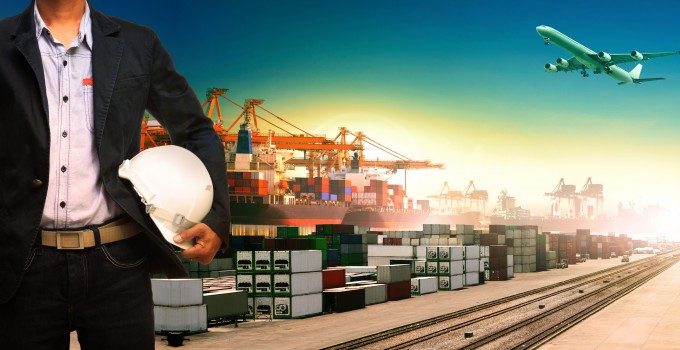Weak demand and slimmer retail margins eat into airfreight spend
Concerns over excess inventories at retailers are misplaced: the real issue is weak demand and ...
GXO: SOLID DELIVERYEXPD: CEO REMARKSEXPD: VOLUMES RISEEXPD: EARNINGS AND SALES BEATMAERSK: POSITIONING AHEAD OF EARNINGSDHL: GAUGE THE UPSIDEGXO: EARNINGS ON THE WAYEXPD: ON THE RADARDHL: REVENUE AND OPERATING LEVERAGEDHL: TARGETING MARKET SHARE FROM DSV-SCHENKERDHL: SURCHARGES TRENDSDHL: SUPPLY CHAIN UNIT FOCUS DHL: EXPRESS VOLUMES DHL: DEMAND SURCHARGE DHL: 'COST OF CHANGE' DHL: 'FIT FOR GROWTH' FOCUSDHL: QUESTION TIME
GXO: SOLID DELIVERYEXPD: CEO REMARKSEXPD: VOLUMES RISEEXPD: EARNINGS AND SALES BEATMAERSK: POSITIONING AHEAD OF EARNINGSDHL: GAUGE THE UPSIDEGXO: EARNINGS ON THE WAYEXPD: ON THE RADARDHL: REVENUE AND OPERATING LEVERAGEDHL: TARGETING MARKET SHARE FROM DSV-SCHENKERDHL: SURCHARGES TRENDSDHL: SUPPLY CHAIN UNIT FOCUS DHL: EXPRESS VOLUMES DHL: DEMAND SURCHARGE DHL: 'COST OF CHANGE' DHL: 'FIT FOR GROWTH' FOCUSDHL: QUESTION TIME

The backrooms are traditionally what it says on the tin – supplying goods from the back to the shop floor. As such they have normally been under the control of store managers, but in an effort to meet shoppers’ changing buying habits, the world’s largest retailer, Walmart, is re-thinking. One of the emerging features of omni-channel retailing is that shoppers are increasingly buying online with a view to picking up the goods themselves in their nearest store, which means the backrooms are becoming the retail distribution centres of the future – being able to fulfil online orders in-store represents a critical advantage that bricks-and-mortar retailers will have over their purely online competitors, which in this case is Amazon.


Comment on this article